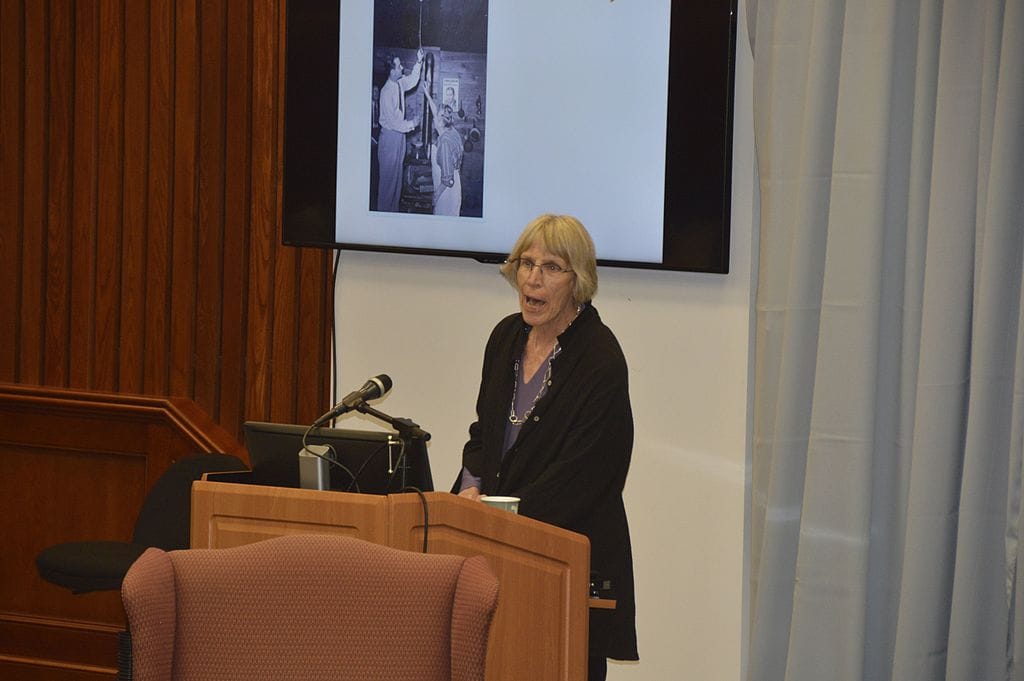Lack of Privacy and Limitations of Broadband Access Pose Threats to Future of Telehealth, say Panelists
June 5, 2020 — The rise of telehealth across the country could mean a lack of privacy for its users, said participants in an LBJ School webinar Wednesday. Speaking to the organization about the privacy risks posed by the increasingly widespread use of remote healthcare technologies, panelists said t

June 5, 2020 — The rise of telehealth across the country could mean a lack of privacy for its users, said participants in an LBJ School webinar Wednesday.
Speaking to the organization about the privacy risks posed by the increasingly widespread use of remote healthcare technologies, panelists said that the invasiveness of such tech could make patients reluctant to use the it at all.
Tony Grubesic, professor and associate dean for research in the School of Information at the University of Texas at Austin, said that a practical example of telehealth privacy concerns was postnatal care.
Women who see doctors for breastfeeding monitoring could feel uncomfortable with having such personal matters conveyed online, he said.
“There are a lot of people who just refuse to participate because they don’t want this information transmitted over the internet,” he said.
Remote healthcare usage has risen drastically in recent years and has only multiplied amid the coronavirus. Hospitals like Mount Sinai in New York City have employed machine learning technologies to track reported cases of coronavirus and care for patients from afar.
Many experts say that technology like this could revolutionize healthcare and provide faster services to patients. But, despite its many promises, its future is unclear and may be turbulent.
The other issue that faces telehealth is unequal access.
Kenneth Flamm, LBJ professor of public affairs, said that large rural portions of the country, have extremely limited options for broadband access, if they even have access at all.
“On the order of almost 40 percent of rural census blocks are monopolies with only a single fixed wire line and wireless provider,” he said.
Despite rising telehealth usage, Grubesic said, remote healthcare is not likely to replace physical healthcare any time soon. In some areas, broadband access is scant and more challenging to access than a brick-and-mortar doctor’s office.
This could divide access to telehealth along lines of income or location, he explained.
“Quarantine has really illustrated ways in which we’ve taken broadband access for granted,” said Sharon Strover, communications professor at the University of Texas.
The participants agreed that the future of broadband access and the technologies it enables will be diverse and virtually unpredictable.
“Just like everything, broadband is a mixed bag of outcomes, drivers, issues of equity and equality,” Grubesic said. “So it’s really going to be laid out over the span of decades, not in the next two, three years.”








